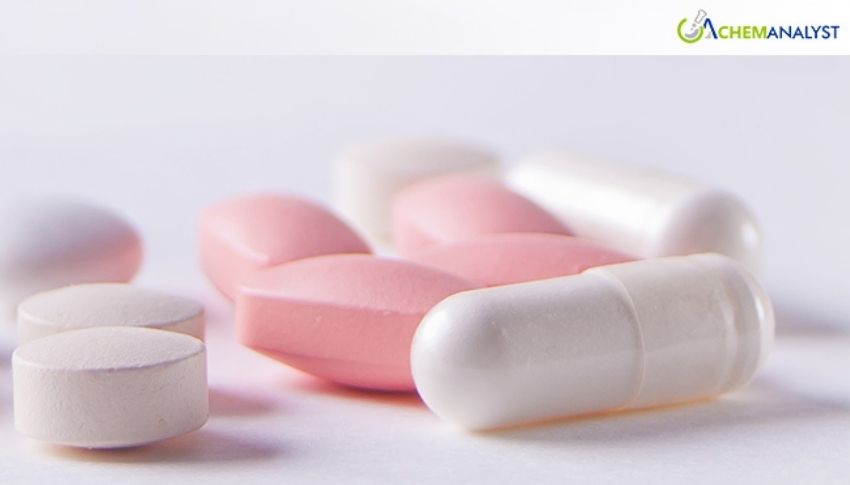Welcome To ChemAnalyst

U.S. progesterone import prices increased steadily in June 2025, spurred by robust pharmaceutical demand and decreased worldwide supply. Chinese and European production constraints, port delays, and restricted availability drove the growth. Downstream purchasers upped purchases for Q3, particularly in hormone therapy and animal medicine markets. Even modest freight increases could not deter committed need, and offtake remained steady. Active warehousing and inland movement at key U.S. ports also supported the continued price climb.
The US progesterone market saw a steady rise during June 2025 in import prices, supported by a mix of favorable supply-demand dynamics and shrinking global stocks. Progesterone prices hardened through the month on all four weeks, predominantly driven by strong downstream pharma demand, cutback supply from some major Asian and European producers, and cyclical restocking activities.
Market players indicated that various foreign progesterone producers, especially in China and some areas in Western Europe, remained under constrained capacity because of continued compliance upgrades and pressure on feedstock costs. In China, aggressive environmental enforcement led to selective slowdowns among API producers, while congestion at local ports like Shanghai and Ningbo further delayed progesterone export timelines. Similarly, some European progesterone manufacturers faced marginal feedstock constraints, which triggered a limited reduction in available spot cargos to the U.S. market. These occurrences significantly lessened competitive progesterone supply, forcing American importers to arrange consignments at increasingly higher levels.
Concurrently, solid demand from North American hormone therapy producers, veterinary drug producers, and nutraceutical processors gave excellent support to the progesterone price appreciation. Market participants said that downstream manufacturers started speeding up their buying cycles in preparation for Q3 formulation plans, particularly seasonal women's health and fertility products containing progesterone. Importers noted that progesterone buying remained firm until the end of June, with most customers taking forward contracts to try to shield themselves from further upside risk.
Also lending support to progesterone price firming were macroeconomic considerations including a generally stable U.S. dollar and modestly higher freight rates from Asia. While ocean freight from major Asian ports experienced only minor gains, ongoing container delay and extended dwell times at West Coast ports resulted in extra demurrage fees on some buyers, further adding to landed progesterone expenses. Nonetheless, this cost pass-through was largely absorbed by downstream sectors given the criticality of progesterone in pharmaceutical production. Based on logistics intermediaries, progesterone warehousing throughput continued active at ports such as Newark, Los Angeles, and Houston, reflecting steady inland demand and little inventory buildup. This steady flow of progesterone movement supported the price direction upward, with replenishment cycles ongoing in a continuous manner.
Looking ahead to July, sentiment remains firmly upbeat. Import prices for progesterone are expected to remain firm, supported by ongoing recovery in world API output and the steady unravelling of China and Europe's supply chains. In addition, U.S. pharma demand is seen staying robust, supported by formulators looking to replenish strategic progesterone inventories ahead of the ramp-up in Q4 production. Against this backdrop, an additional mild to moderate import price appreciation is anticipated, although the rate may ease somewhat from the sharp gains of June. In general, the U.S. progesterone market will continue to be healthy, well-supported, and importer- and manufacturer-friendly in the immediate future.
We use cookies to deliver the best possible experience on our website. To learn more, visit our Privacy Policy. By continuing to use this site or by closing this box, you consent to our use of cookies. More info.
